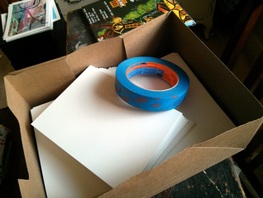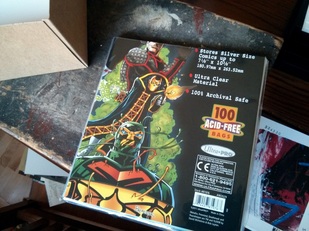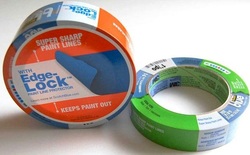Materials + Supplies
The primary materials, aside from the art supplies, are the cardstock paper boards and some painters tape.
If you’re planning on making this many paintings it’s critical that the supplies and materials be readily available and relatively inexpensive.
This is what you’ll need:
If you’re planning on making this many paintings it’s critical that the supplies and materials be readily available and relatively inexpensive.
This is what you’ll need:
- Boards
➥ Silver Age: 7 1/8 x 10.5 inches (18.1 x 26.7 cm) cut in half to 7 1/8 x 5.25 inches
➥ White on both sides. Glossy on one side and matte on the other - Bags or Plastic Sleeves [Not immediately or even ultimately required but strongly recommended.]
- Painters Tape
➥ Delicate Surfaces .94” - Art supplies - Whatever you have around.
- Numbering and date stamp [Not immediately or even ultimately required but strongly recommended.]




